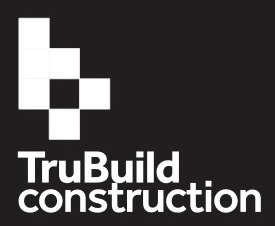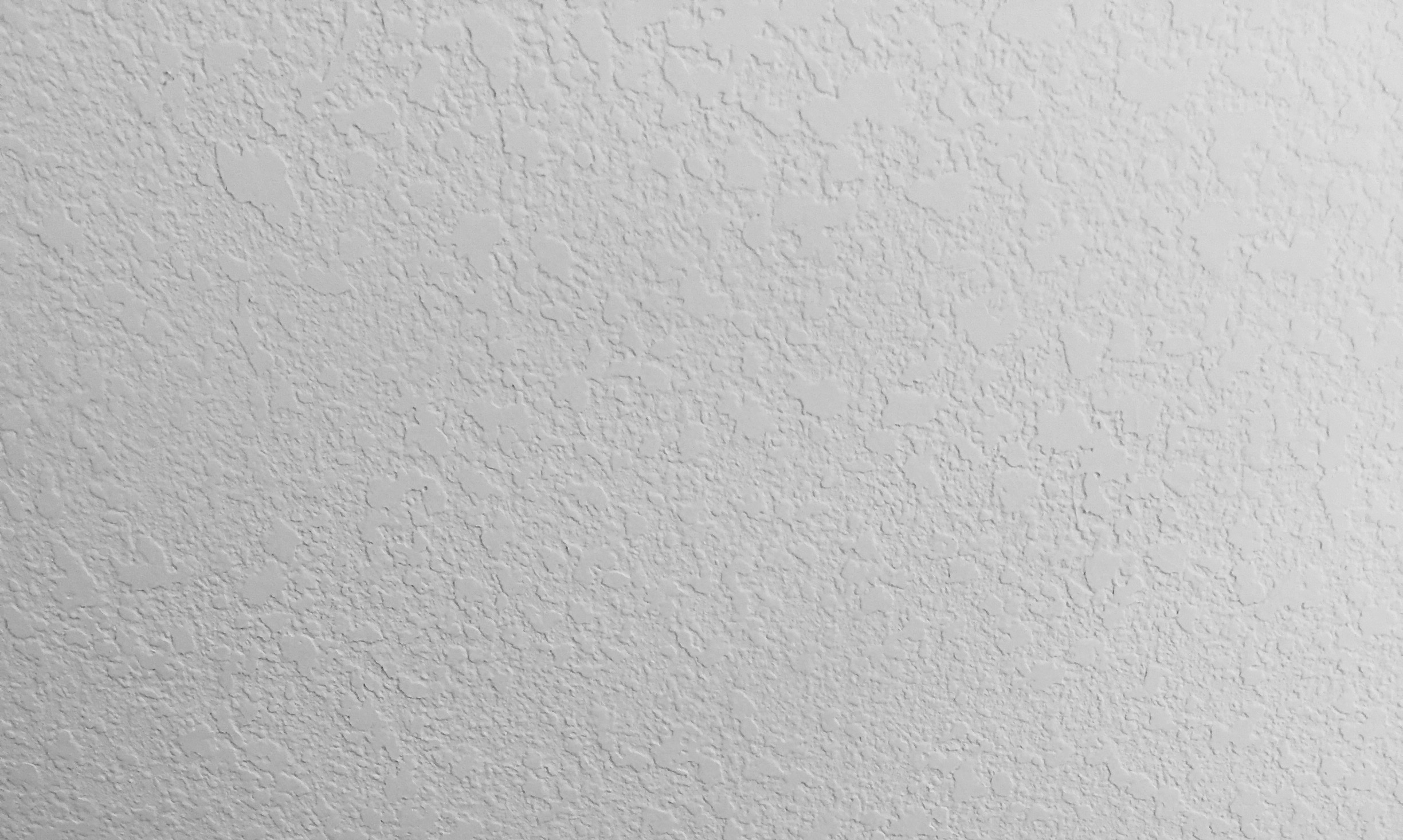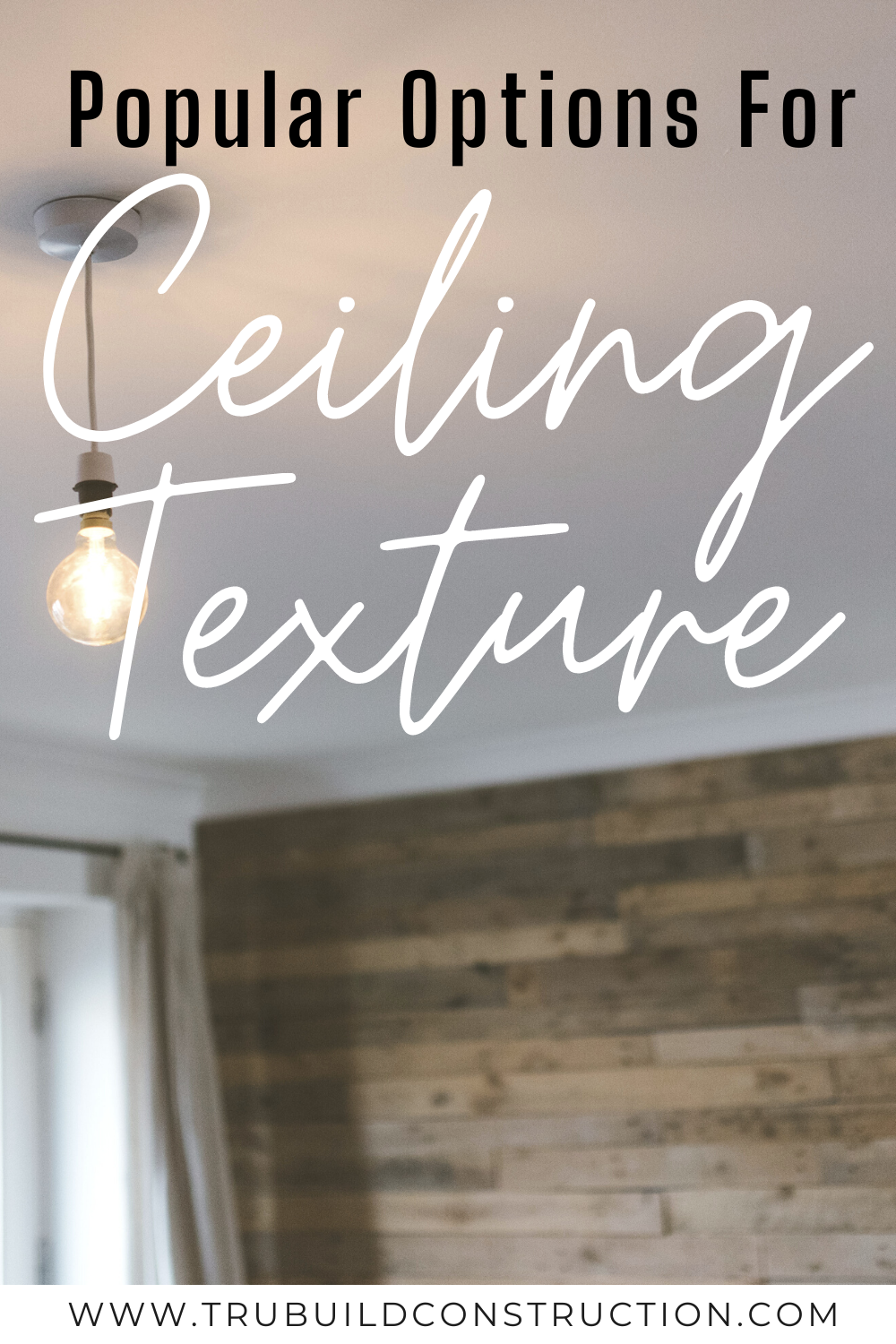The Most Popular Ceiling Textures Explained
Planning a remodel and wondering which drywall ceiling texture is the most popular for 2020? We get it.
One of the most common things that will be changed in our remodels, no matter what area of the home, is the ceiling texture.
In fact, this particular topic has been one of the most popular articles we have written which made us realize that many people are on a search for the answer to the question, “What texture should I choose for my ceiling?”.
While we can’t make that decision for you, we can tell you we did a little research to find out what the trends seem to point to for 2020.
We put out a poll in to identify the most popular ceiling texture option for homeowners. They had to make a selection from the following options: smooth, popcorn, knockdown/orange peel or “another option”.
Affiliate Disclosure: As an Amazon Associate I earn from qualifying purchases. You should assume the owner of this website has an affiliate relationship and/or another material connection, to any suppliers of goods and services that may be discussed here and may be compensated for showing advertisements or recommending products or services, or linking to the supplier's website.
The results may, or may not, surprise you.
Of the people that were polled:
0% preferred popcorn texture ceilings
5% preferred knockdown/orange peel texture ceilings
10% preferred another texture option for their ceiling
85% preferred smooth ceilings
As you can see, smooth ceilings were the front runner by a staggering amount!
Of course, choosing the right one for you may be based on your taste, budget, or a variety of other factors.
As far as our approach to ceiling textures. Generally, when remodeling just one room such as a kitchen, we aim to match the ceiling texture to what is existing in the space.
If the space is separated by doorways or beams, it can be easy to change one ceiling and not another that is close by because the separation makes it not as noticeable.
When considering making a change to the ceiling texture, it is important to remember that it is a somewhat labor intensive and a very messy process.
So, lets talk about each texture option in a little more detail:
Popcorn Ceiling Texture-
Popcorn is the most common ceiling we see, also known as "cottage cheese" to some. This texture seems to be the most detested of homeowners we meet with on a regular basis. We assume this is because they have been around a long time and are no longer considered the "new" trendy thing. There are definitely benefits of popcorn ceilings: they are the most cost effective choice and they do not necessarily require painting.
Need to patch a popcorn ceiling? Get yourself some ceiling texture!
Knockdown or Orange Peel Ceiling Texture-
Knockdown texture will vary based on the style of the person doing it, but essentially the ceiling is sprayed with drywall mud and then set to dry for 20-30 minutes before it is knocked down with a trowel. This is slightly more expensive than popcorn because of the extra labor involved. Usually it requires painting to give it an even look. This can also add additional cost.
Looking for how to create your own knockdown ceiling? You'll need some drywall mud to apply to the ceiling (most likely with a stipple brush), then you will want a knockdown knife to very lightly scrape the top and create the knockdown look.
Smooth Ceiling Texture-
Smooth ceilings seem to be a favorite of many people. It is the most expensive option because it requires more labor to ensure the ceiling has perfectly smooth seams like you would expect for walls. The ceiling will also need to be primed and painted in order to provide a consistent look.
Looking to get rid of your old popcorn or knockdown ceiling and have a new smooth ceiling? You're going to need a ceiling scraper, and a hand sander to remove the mess and get it nice and smooth!
Conclusion
We hope you feel more informed as you move forward with you ceiling texture decision. Whether you choose popcorn, knockdown, smooth or some other variation of ceiling texture, its important to understand the overall effort needed to complete the work and thus the cost involved.
Do you have strong opinions about your ceiling texture? We want to hear about it!














